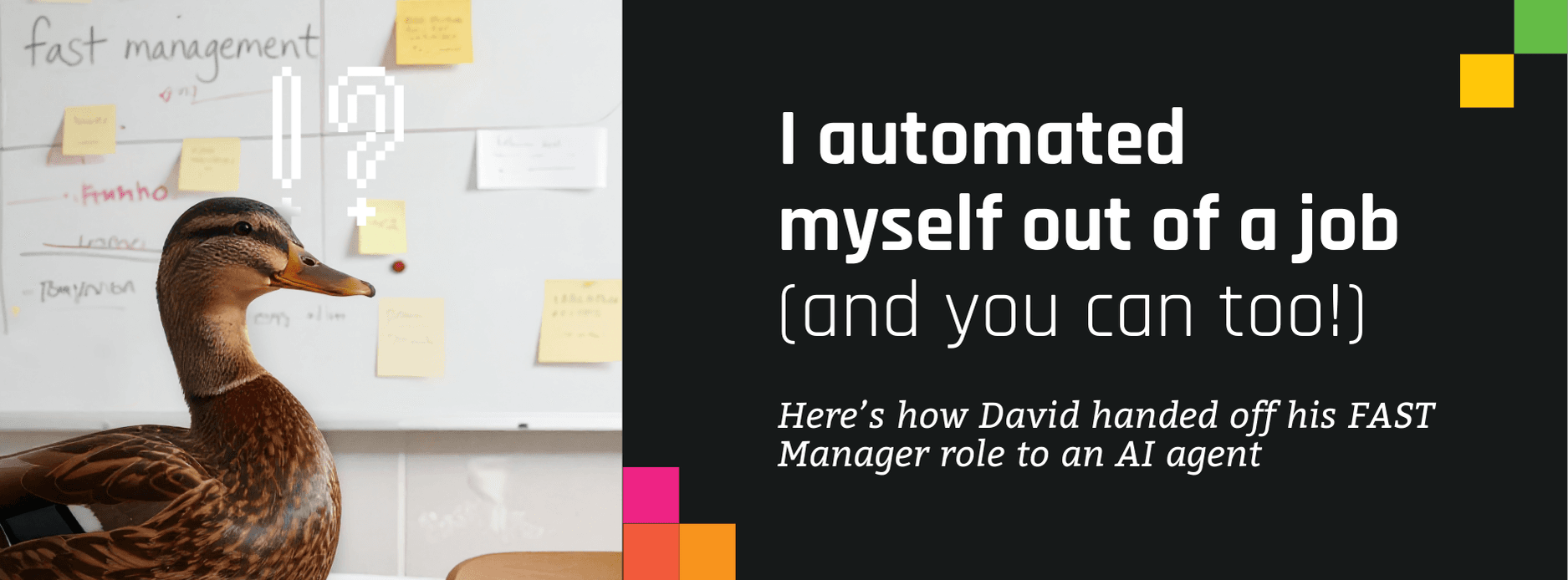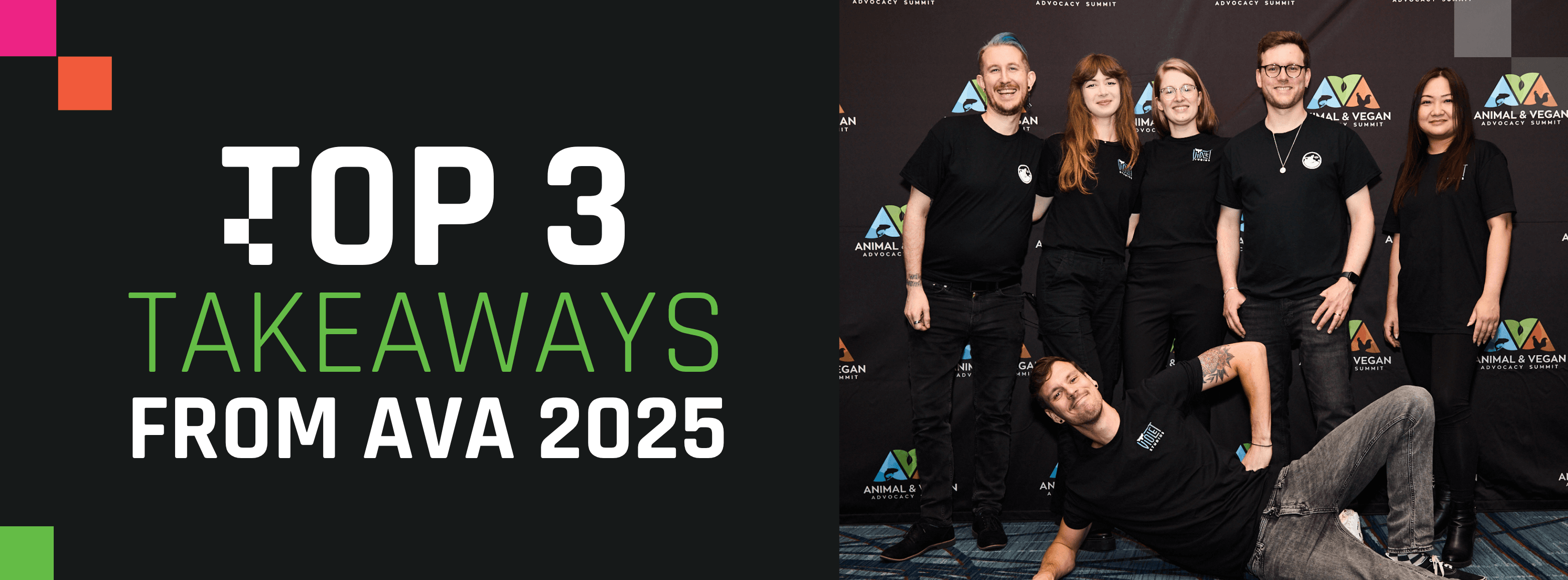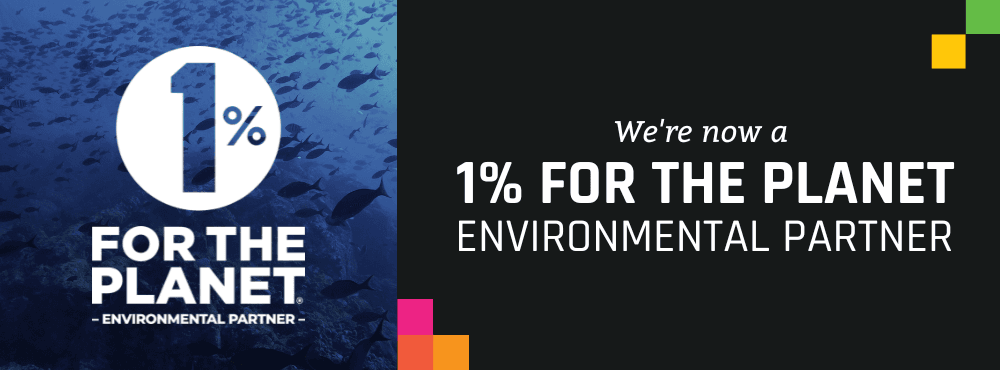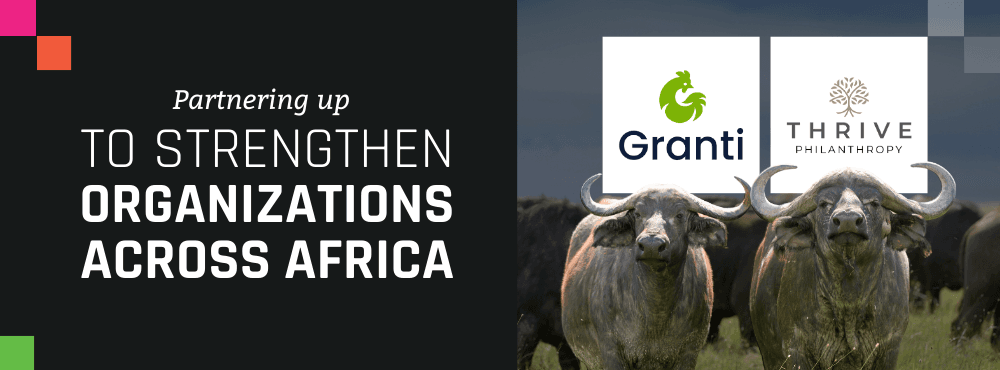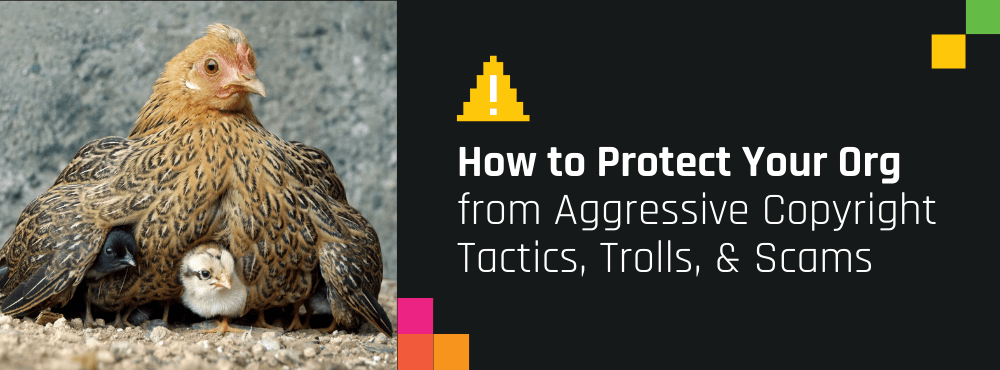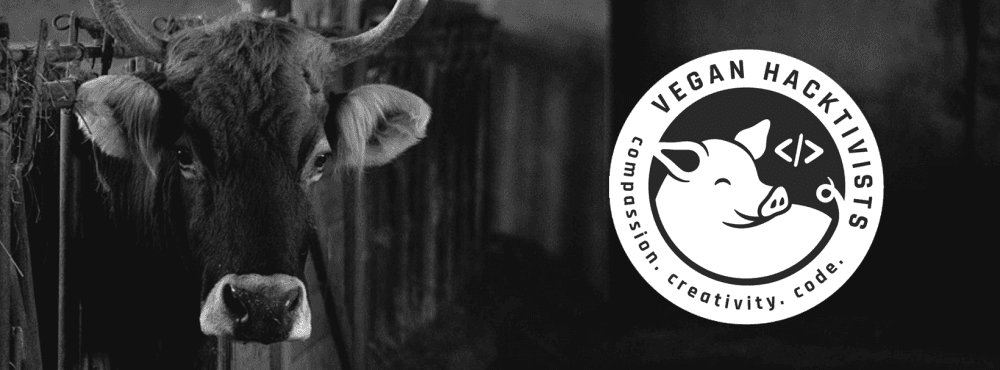
Coding For Compassion: Data-Driven Technology For Effective Activism
We are at the dawn of the Age of Interaction. We want to be informed, but we want to interact with the information. We want our actions to carry impact, and we want interactive data that shows us the extent of our impact. If interactive technologies with reliable data and verified impact are what we want, then how can coding activism meet this demand across the board? How can technologies be interactive, but also deliver data with impact?
Data-Driven Technologies As An Extension Of Informed, Nonviolent Activism
Nonviolent activism is our most potent weapon. We inform, we educate, and we do so from a position of strength by spreading awareness of violent practices in a nonviolent way. And the digital age has gifted us a much larger audience we can engage and mobilize. A report by the United States Institute of Peace connects the use of appropriate technologies with effective, nonviolent civic mobilization. Online mobilization, so the report states, can lead to effective offline action if technologies are leveraged in the context of an ethical model. P. Ackerman and H. Merriman “Checklist for Ending Tyranny”, isolates six elements that define effective activism in:
The ability to unify people and bring them behind a common goal.
The capacity to strategize.
An unwavering commitment to nonviolent discipline.
A growing participation in the organization or movement.
Results in the sense that a diminishing effect of repression is registered.
And decrease in support of the movement’s opponents.
In this Age of Interaction, coding effective and data-driven technologies are a crucial part of bringing the elements in this checklist together. So, let’s go ahead and jump into the nuts and bolts of it!
Animal Rights Activism In The Age of Interaction
So, how can online mobilization and data collection lead to organized offline action that ticks all the boxes? We have evolved from the Age of Information to the Age of Interaction. Mobile phones and computers have become more than a mere tool for information download, they are a way for us to interact with the world around us. And while many animal rights organizations have the strategy of information distribution down, their ability to effectively connect with people beyond content delivery often still needs some refining.
Take PETA’s extensive list of cruelty-free companies and cosmetics as an example. You can download PDFs listing all the ethical companies confirmed to refrain from animal testing. The accompanying app will allow you to search for any company and tells you whether they test their products on animals. An incredibly valuable resource, but not yet on par with the visual and interactive qualities this new age seems to favor. If we take the example of cruelty-free products further, it is worth noting The Leaping Bunny Program, for example, has launched an app that allows users to scan barcodes in the supermarket for instant “do or do not buy” feedback. The app still needs some tweaking before it can function optimally, but it has taken a great step towards integrating ethical actions into everyday behaviors.
The technologies that meet current demands and trends are still in modest supply in the animal rights movements. But pretty revolutionary steps have already been taken in the effective delivery of data in a visual model, and the monitoring of impact with an eye on increasing its effectiveness.
Boosting Impact By Monitoring It
Data has become increasingly important for animal welfare organizations and activists not just as a means to communicate facts and information to the people, but also to measure their impact and understand, without a shadow of a doubt, that their activism is actually making a difference. Organizations such as Animal Charity Evaluators and Faunalytics have crafted their entire mission around data and how it can help activists and advocates make better and more effective choices. And when data technologies enter the picture, organizational, as well as community-driven progress, is possible.
In her talk at the conference The Future of Animal Shelter Data, Director of Maddie’s Fund, Kristen Hassen, identifies data collection and technological tools optimized to monitor impact as the future of effective animal welfare management.
She discerns the three waves Animal Shelter Software has gone through to arrive at its current state. In the first wave, she states, the software functioned as a mere tool for inventory management and a way to keep count of the animals housed in the shelter. During the second wave, adoptions and boosting the survival rate of the animals took center stage, along with a more user-friendly database and the ability to register an animal’s behavioral patterns and medical history. The third and current wave has moved its focus to the community. The software is leveraged to track its impact on animals and the community, and the data is used to proactively identify successes and further challenges.
Hassen’s speech on the importance of data and the evolution of the shelter’s software model reflects a universal trend that quality organizations truly want to live by. Ackerman and Merriman’s elements of stimulating participation, unifying people, and the capacity to strategize, are brought together by technology’s ability to monitor impact and, as result, offer reliable data on how it can be improved.
This is true for activism on a more individual level as well. Activism, especially among the youth, is on the rise, and individuals wanting to wade a path towards a more enlightened future are becoming as plentiful as organizations. In a bid to empower individual activism, Vegan Hacktivists’ Activist Hub uses real data and analytics (DnA) to revolutionize street activism and generate data that allows each activist to track their impact. The same philosophy is applied to Vegan Bootcamp, Vegan Hacktivist’s free online course site that guides non-vegans and activists through the process of becoming a well-rounded and informed vegan. Each member can share the platform through a unique link that allows them to monitor signups, completed courses, documentaries watched, and referrals.
On the integration of data-driven tools and technologies, Vegan Hacktivist founder David van Beveren shared:
If we want to see an end to the incredible suffering caused by factory farming, then we need to start innovating more in global, effective ways. I can't think of a better way for us to reach millions of people all at once than through online animal rights activism, whether that be coding, designing, building content, or creating online tools that aid our goals. Activists who volunteer with the Vegan Hacktivists do just that, we utilize our skills and come together as a community to build data-driven tools. Coding and other forms of online activism give us a unique opportunity to build a diverse group of passionate activists from all around the world, creating a strong community for collaboration and innovation in our movement.
Data Visualization And Digital Mapping
Another effective integration of data and computer technology, has turned data visualization into a valuable tool to, in the words of the Beautiful Trouble Principle, make the invisible, visible. After all, visualizing issues that would otherwise be easily missed or ignored is our mission as activists, and inspiring action is our goal. Beyond the integration of valuable data, visualization also supports the natural human learning and retention process. According to research by the Rotman Research Institute of Baycrest Centre and Department of Psychology at the University of Toronto, we are capable of remembering over 2000 images with a minimum accuracy of 90%, an ability that exceeds our capacity to remember content. This may be, so the study states because pictures stimulate connections with knowledge we already possess about the world.
Best Friends, the United States’ largest sanctuary for homeless animals, recently launched an interactive data visualization tool that uses data to empower organizations and individuals alike to adopt in their neighborhood, by providing exact numbers on the animals entered a shelter, and how many are left alive. This data and its perhaps often shocking ratio are designed to make people think twice about purchasing a pet when, in fact, a large number of animals need help so close to home.
Data visualization designed to educate and inform in an interactive way will prove to be a highly effective tool in turning online explorations into offline actions. Vegan Hacktivists’ Interactive Animal Rights Map, for example, houses the largest collection of animal rights activist groups from around the world, with over 2500 organizations currently integrated into the map. Users can find organizations close to them to join and support, or, if they feel their area is lacking certain representation, perhaps even be inclined to start their own.
The Takeaway
Data-driven technologies can connect people with the information they need right here, right now. Power can be taken away from opponents by offering insights into the staggering data that could sway a caring population into actions driven by compassion. We research, interact, organize, and strategize online, and we unify offline. This is the power of effectively presented data, and it is on the verge of unleashing its real potential.

My name is Mieke, a Belgian content creator and editor currently residing in Costa Rica. My love for animals and our environment had led me to become a vegetarian in 2002, which evolved into veganism several years ago. Next to animal welfare and environmentalism, I am passionate about travel, art, philosophy, writing short fiction, reading and hiking. I hold a master's degree in art history and certificates in teaching, content marketing and editing.

My name is Mieke, a Belgian content creator and editor currently residing in Costa Rica. My love for animals and our environment had led me to become a vegetarian in 2002, which evolved into veganism several years ago. Next to animal welfare and environmentalism, I am passionate about travel, art, philosophy, writing short fiction, reading and hiking. I hold a master's degree in art history and certificates in teaching, content marketing and editing.
